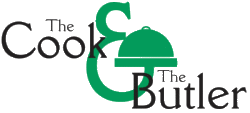
Tel: 020 7620 1818 email: cookandbutler@btconnect.com
The Worshipful Company of Clockmakers
www.clockmakers.org
Past Stewards' Dinner
May 2025, Armourers'' Hall, London
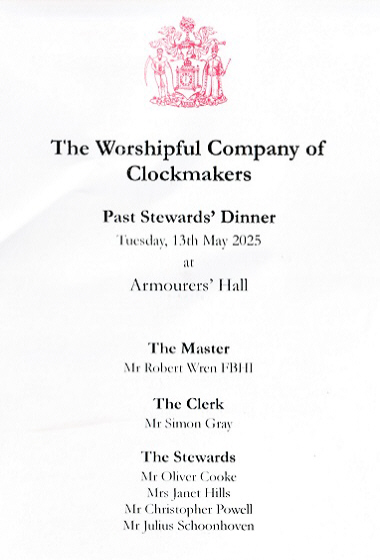
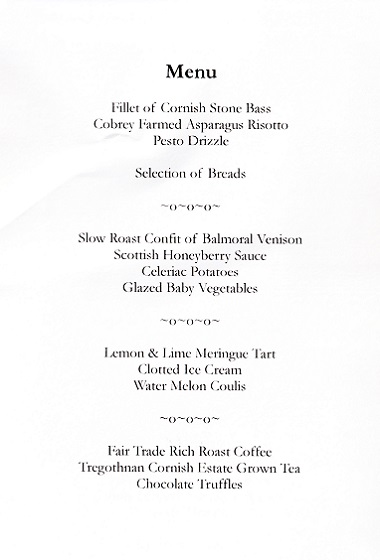
![]()
Lady Day Court Luncheon
April 2018, Carpenters' Hall, London
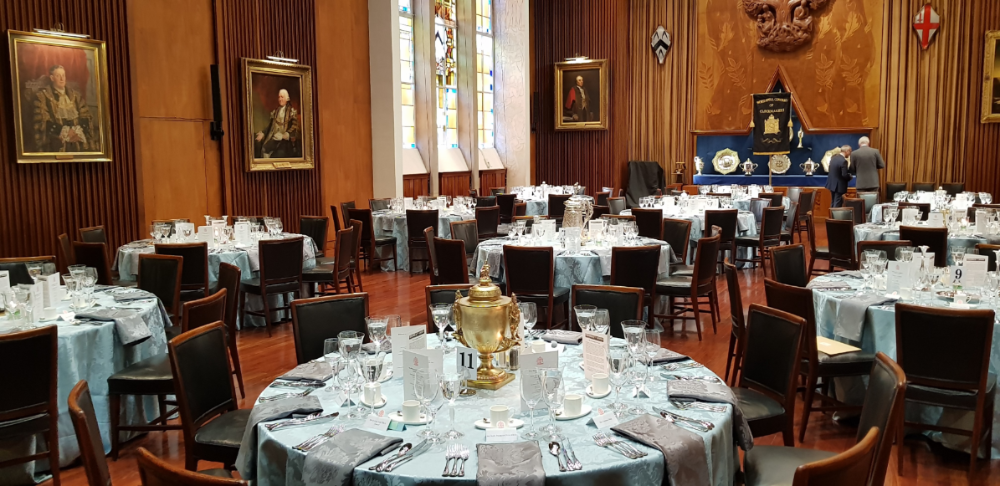
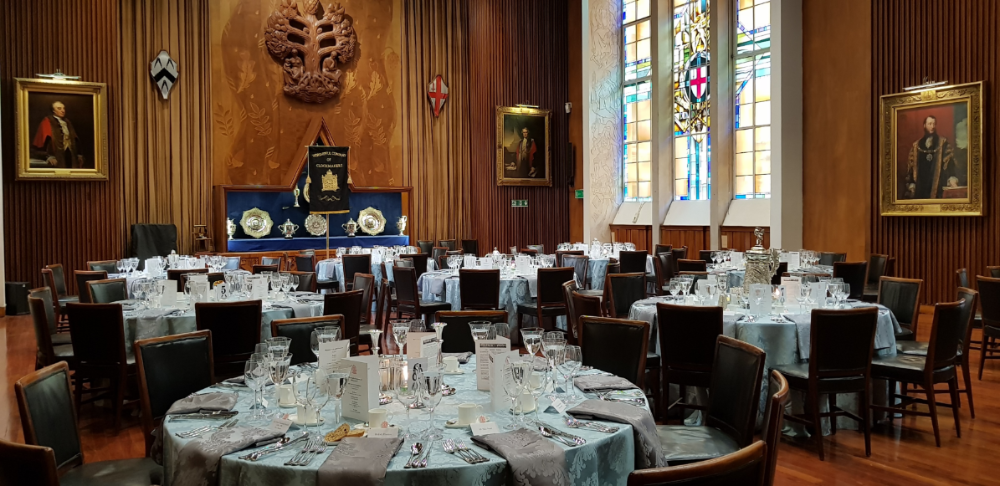

Lady Day Court Luncheon
April 2016, Carpenters' Hall, London
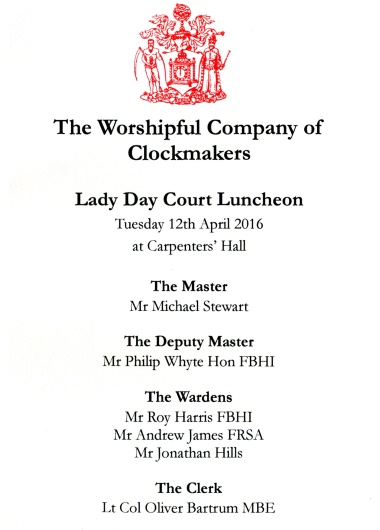
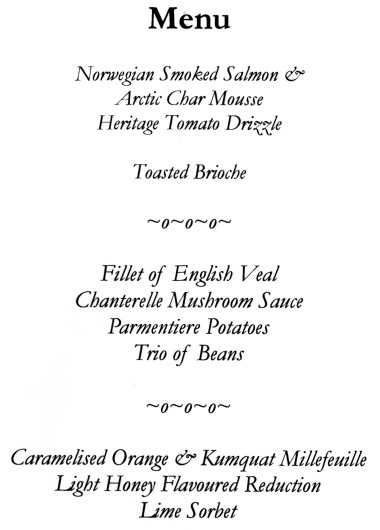

The Clockmakers' Museum
The Clockmakers' Museum was founded early in the second
decade of the 19th century, making it the oldest collection of clocks and
watches in the world. Through the generosity of clockmakers, watchmakers and
other donors, it has amassed a unique horological collection dating from the
15th century to the present day.
The Collection comprises over 1,300 items including 14 free-standing long
case clocks, 80 other clocks of various sorts and 25 marine timekeepers.
Included in the Collection is the earliest known clock movement by John
Harrison and his superb fifth marine timekeeper, together with examples of
work by most of the greatest London clockmakers and watchmakers.
The Museum was housed at Guildhall between 1872 and 2014, when it moved to
the Science Museum in South Kensington where it was re-opened by HRH The
Princess Royal on 22nd October 2015. Thanks to the support of the Science
Museum, the Clockmakers' Museum enjoys substantial visitor numbers and wide
public interest.
www.sciencemuseum.ac.uk www.clockmakers.org/history

Lady Day Court Luncheon
April 2015, Carpenters' Hall, London
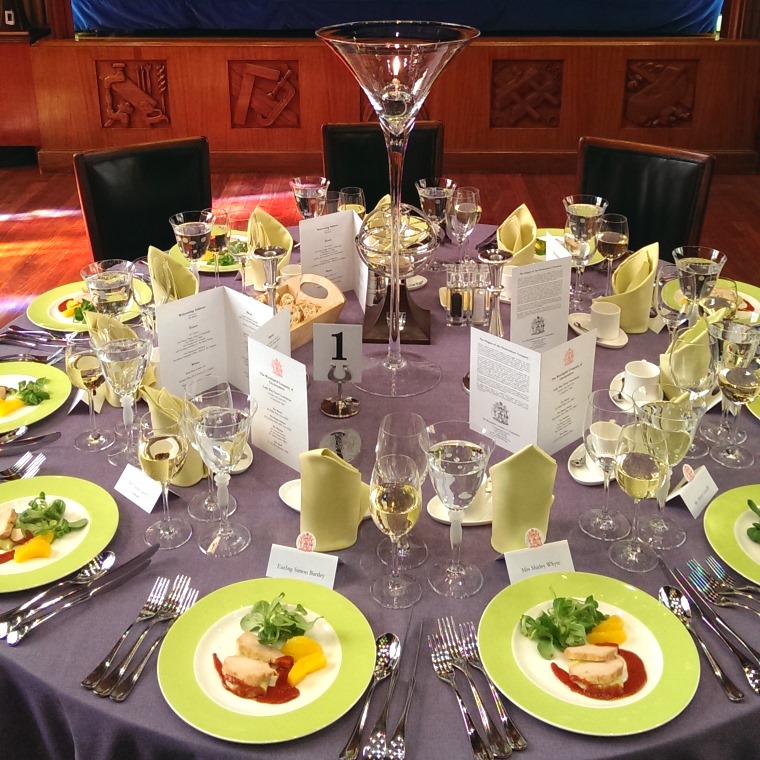
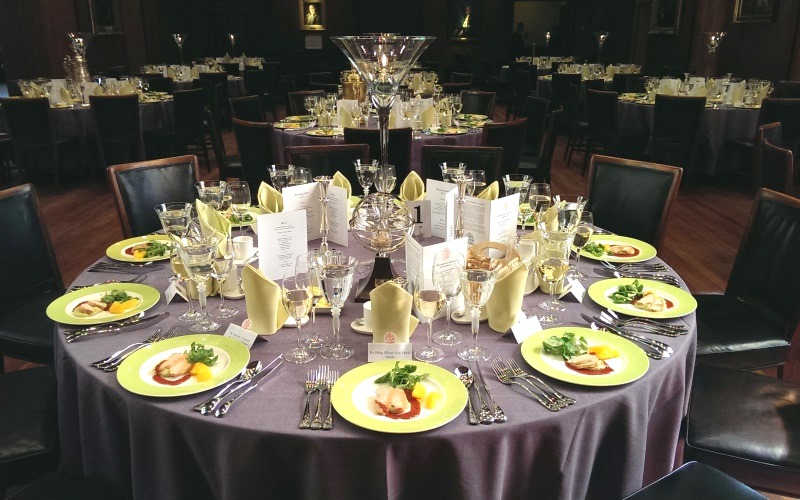
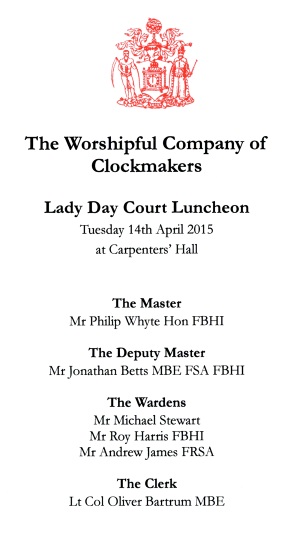
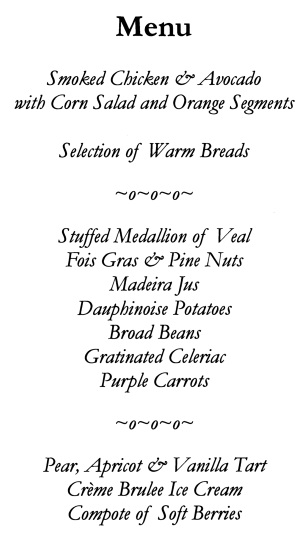

Past Stewards' Dinner
March 2015, Wax Chandlers' Hall, London
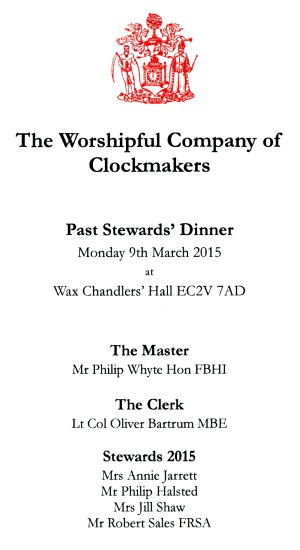
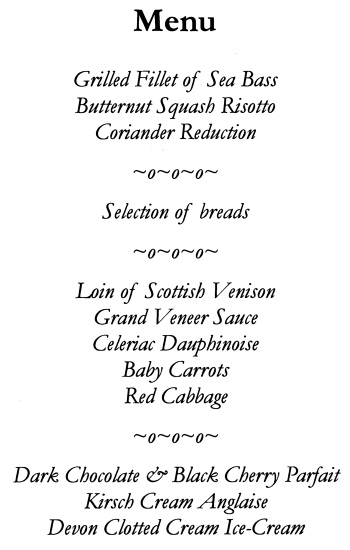

Past Stewards' Dinner
February 2014, Bakers' Hall, London
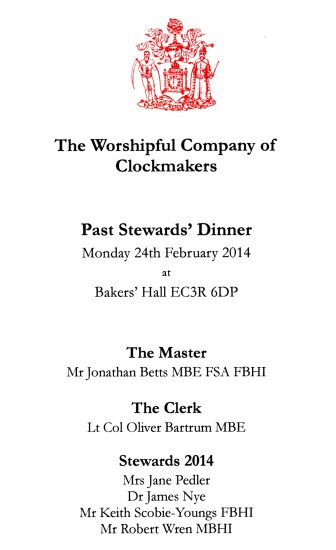
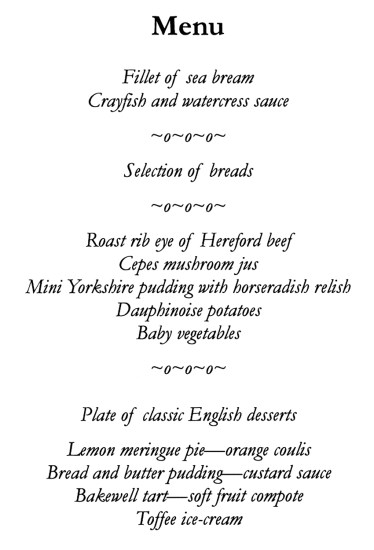

Lady Day Court Luncheon
April 2013, Carpenters' Hall, London
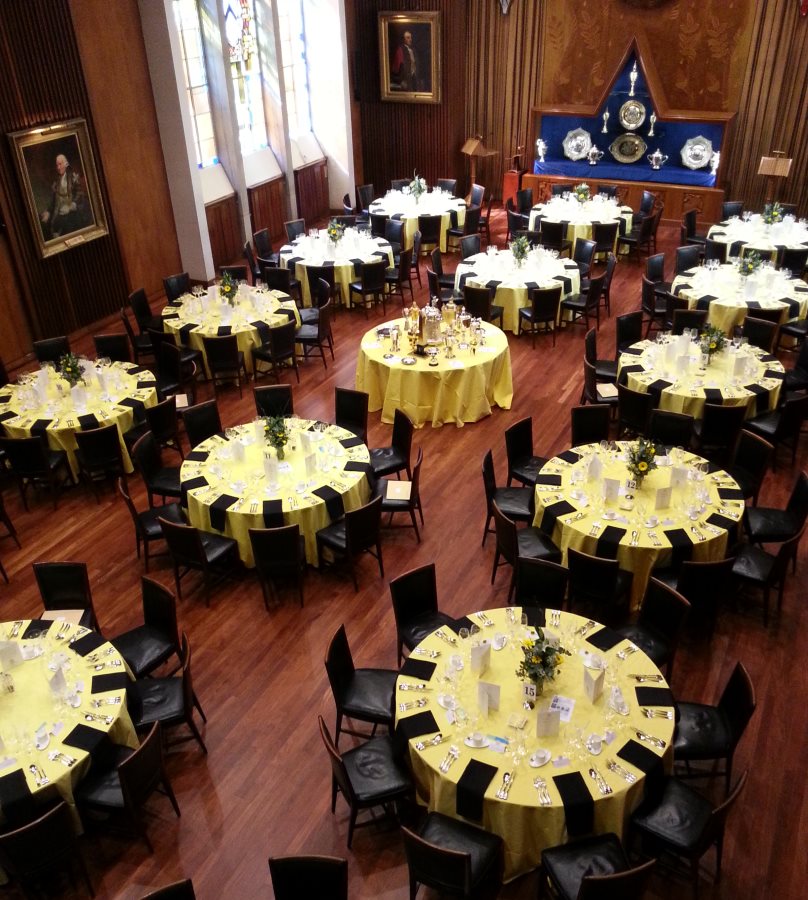
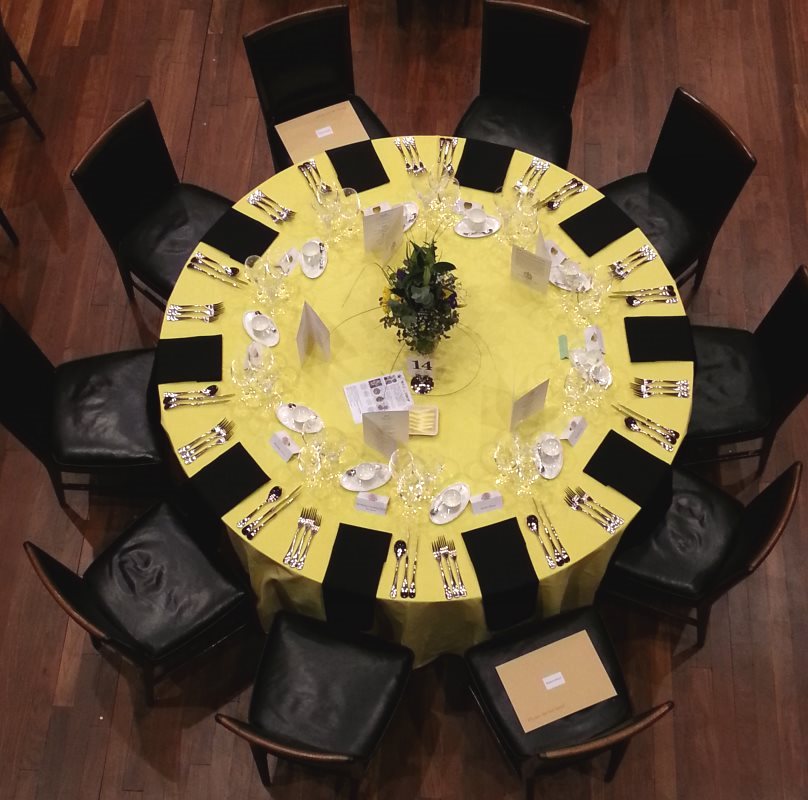
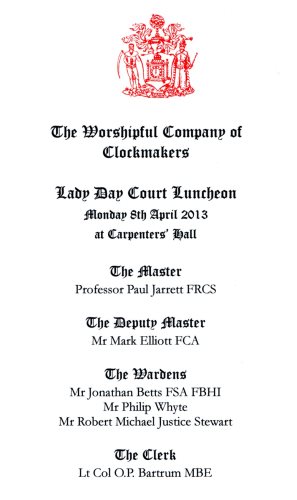
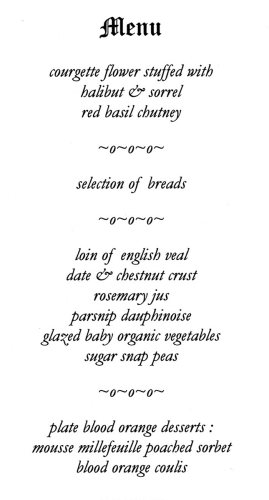
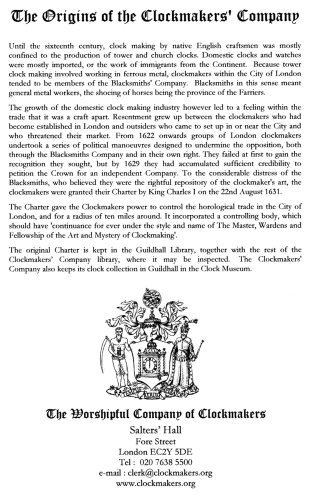

The Origins of the Clockmakers' Company
Until the sixteenth century, clock making by native English craftsmen was
mostly confined to the production of tower and church clocks. Domestic
clocks and watches were mostly imported, or the work of immigrants from the
Continent. Because tower clock making involved working in ferrous metal,
clockmakers within the City of London tended to be members of the
Blacksmiths° Company. Blacksmiths in this sense meant general metal workers,
the shoeing of horses being the province of the Farriers.
The growth of the domestic clock making industry however led to a feeling
within the trade that it was a craft apart. Resentment grew up between the
clockmakers who had become established in London and outsiders who came to
set up in or near the City and who threatened their market. From 1622
onwards groups of London clockmakers undertook a series of political
manoeuvres designed to undermine the opposition, both through the
Blacksmiths Company and in their own right. They failed at first to gain the
recognition they sought, but by 1629 they had accumulated sufficient
credibility to petition the Crown for an independent Company. To the
considerable distress of the Blacksmiths, who believed they were the
rightful repository of the clockmaker's art, the clockmakers were granted
their Charter by King Charles l on the 22nd August 1631.
The Charter gave the Clockmakers power to control the horological trade in
the City of London, and for a radius of ten miles around. It incorporated a
controlling body, which should have 'continuance for ever under the style
and name of The Master, Wardens and Fellowship of the Art and Mystery of
Clockmaking'.
The original Charter is kept in the Guildhall Library, together with the
rest of the Clockmakers’ Company library, where it may be inspected. The
Clockmakers' Company also keeps its clock collection in Guildhall in the
Clock Museum.
![]()